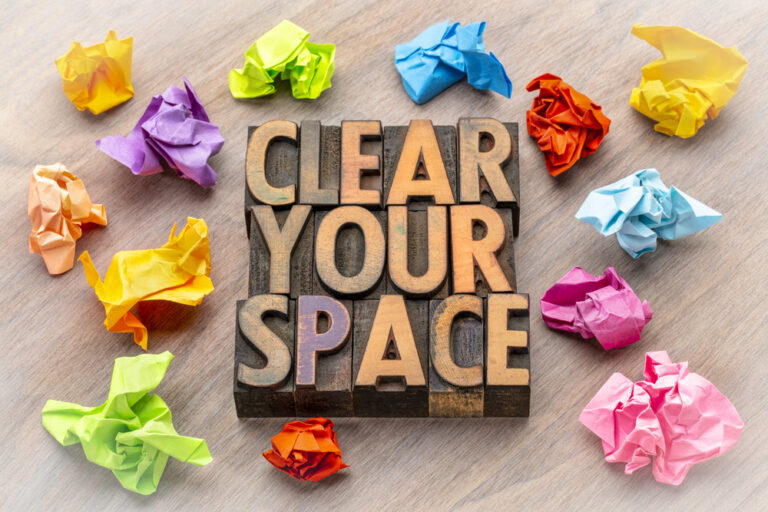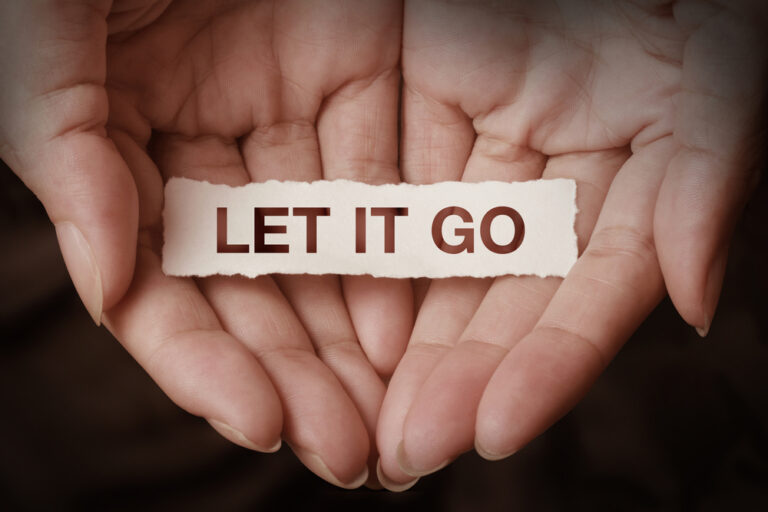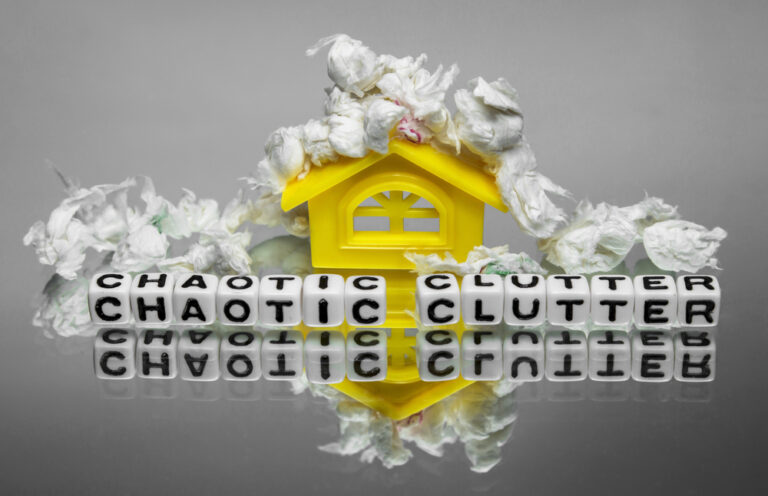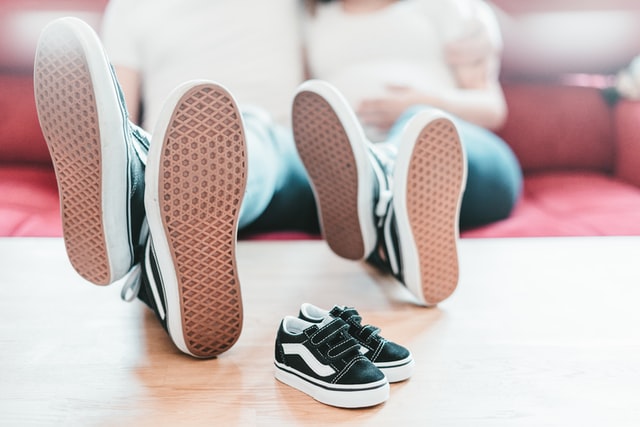How to Help Your Kids Declutter Toys (ages 3-10)
As a parent, you probably find yourself constantly battling against the ever-growing pile of toys in your child’s room. It is overwhelming and frustrating to see the clutter and disorganization.
When it comes to decluttering your child’s toys, do you take on the mission yourself, getting rid of the toys when they are sleeping, hoping they will never find out? Or do you hope to get your child involved in making decluttering decisions?
I have involved my son (currently 9) in decluttering his toys since his toddler years. The journey hasn’t always been smooth, but with some strategies and lots of patience, we’ve made big progress.
Based on my experience with my son, in this blog post, I will share the “why” and the “how” for teaching your child to declutter his/her own toys.
Ready? Let’s go!
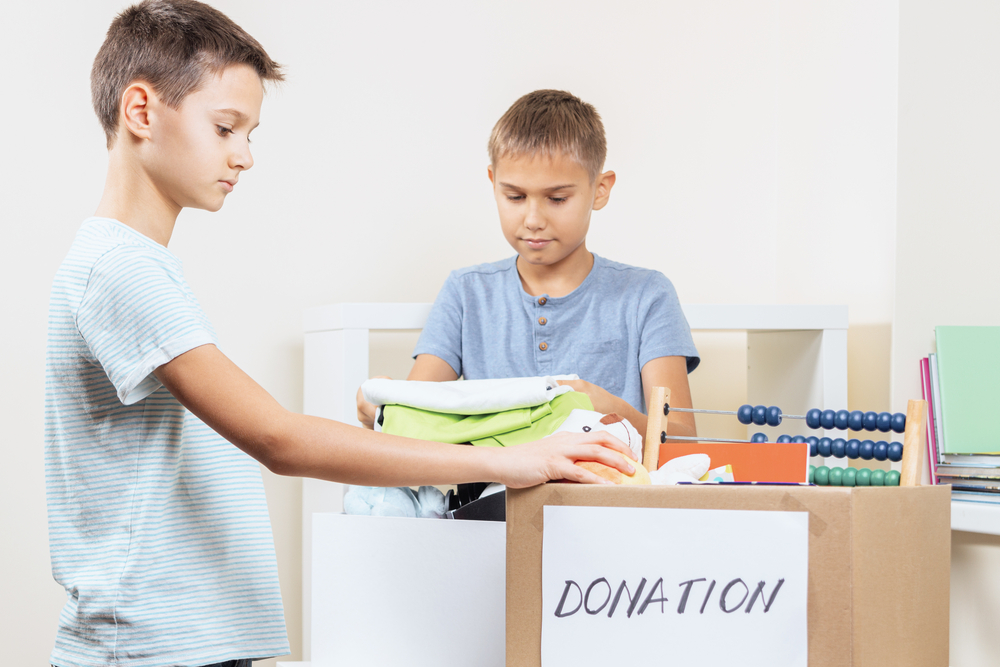
My Personal Experience
During my son’s toddler and pre-school years, our family went through rounds of decluttering in preparation for our move abroad, from Asia to the United States.
I aimed to involve him in decluttering his toys and books, because I wanted him to say goodbye and find closure before our big move.
So I routinely gathered my son’s toys that he no longer played with. I’d ask him to say goodbyes to these toys before passing them on. He’d always rescue many of them, and I respected his decisions, decluttering the rest.
My husband often teased me for creating more trouble, saying that it would have been a lot easier to quietly get rid of those toys. Asking him about it only served as a reminder that he had those toys to play with.
But still, I persisted with this routine. Eventually, my son became more accepting of the idea of letting go.
Fast forward to now…
My son is now 9, and it has been more than 4 years since our move to the United States. Does he know how to declutter his toys all by himself? Well, not really. However, when I help him break down the task and only focus on a small amount of toys at a time, he is able to sort his toys into ‘Keep,’ ‘Trash,’ and ‘Donate’ categories.
I love to sit with him and watch him sort while sharing his decision-making process with me. He has grown so much and has come a long way in learning to make rational decisions when decluttering!
I hope my personal experience of decluttering with my son can inspire you to get started. Even though it seems like a huge task in the beginning, but trust me, it’s worth it!
Why Get Kids Involved in Decluttering?
Decluttering isn’t just a chore; it’s a valuable experience for kids. Here’s why involving them matters:
1. Teaching Valuable Life Skills:
From decluttering, kids can learn to make choices, and manage their belongings. These skills will serve them well in the long run.
2. Fostering a Sense of Responsibility:
When kids take part in decluttering, they learn to take responsibility for their space and belongings. They understand that they have a role in keeping the home tidy and organized.
3. Encouraging Gratitude and Mindfulness:
Decluttering helps kids appreciate what they have. It also encourages mindfulness by teaching them to be intentional about what they bring into their lives.
Getting Started with Decluttering
Before rolling up your sleeves and jumping in, you need to be mentally prepared and set realistic goals. Here’s how to kick things off:
Mentally Prepare:
Before you dive in, take a moment to prepare yourself mentally. Understand that kids might be attached to their stuff, and that’s okay. Also, recognize any attachment you might have to things that clutter your home.
Set Realistic Goals:
Start small and manageable. If you don’t like the idea of a big project, why not have your children declutter one or two toy(s) a day? Set age-appropriate expectations for your kids, so they don’t feel overwhelmed.
Communicating the Importance of Decluttering
Now, let’s talk about how to explain why decluttering is a big deal to your kids. It’s all about having a conversation that makes sense to them:
Kid-Friendly Chat:
Have a talk with your kids about why decluttering is important. Use simple language they can understand.
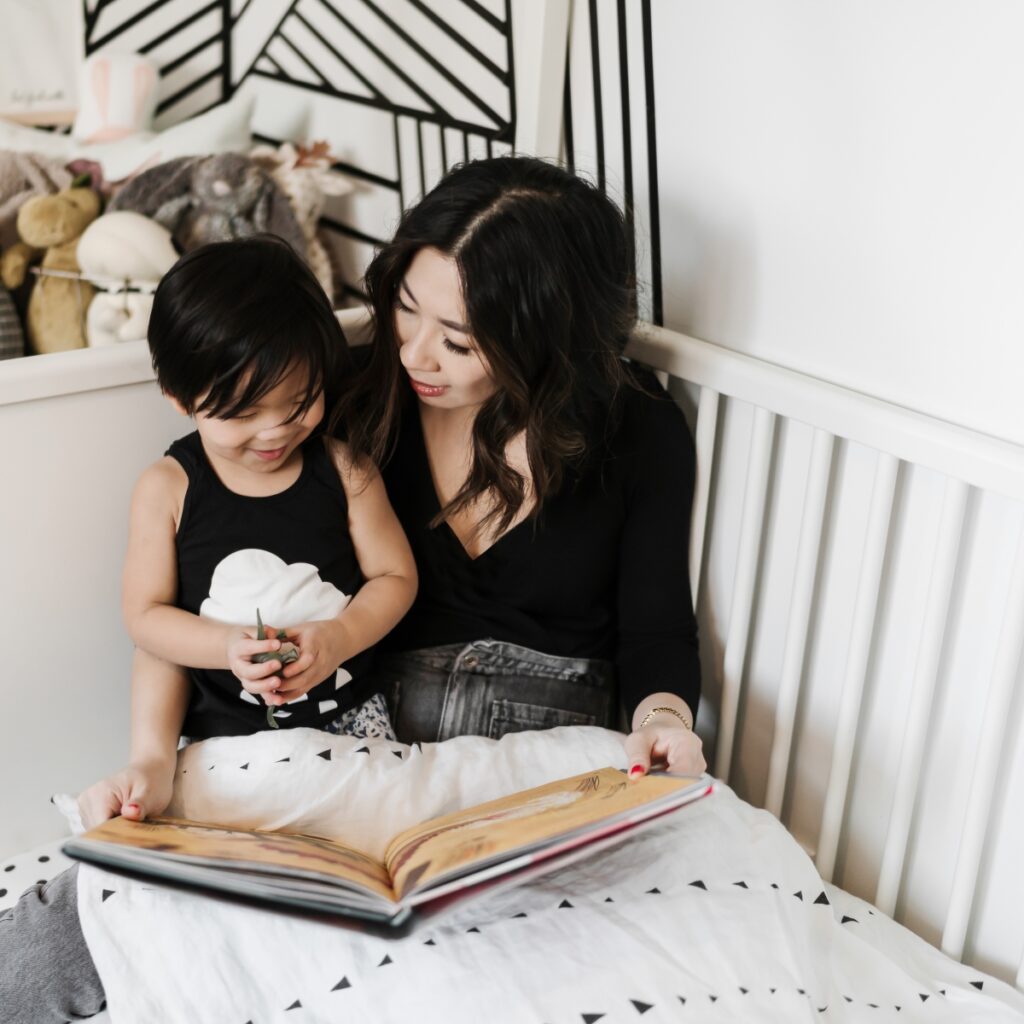
Highlight the Benefits:
Explain the good stuff that comes from decluttering, like having more space to play and find their favorite things quickly.
Involve Them:
Make them feel part of the process by asking for their input and letting them make decisions about their stuff.
Fun ways to help your kids Declutter toys
Here are some helpful tips to help your kids declutter their toys.
1. Find one toy to declutter every day
If the idea of decluttering toys seems overwhelming to your kids, try getting rid of just one toy a day. This task can help create a habit of tidying up and reducing clutter in their play area.
Encourage your child to choose one toy they no longer play with or have outgrown. This practice not only aids in decluttering but also cultivates decision-making skills and a mindful approach to their belongings.
2. Race against time
A fun way to get your child involved is to make it a challenge. Set a timer for 10 minutes, and challenge your child to declutter as many toys as they can before it goes off. Offer a small reward or praise for their efforts.
3. One-By-One comparisons
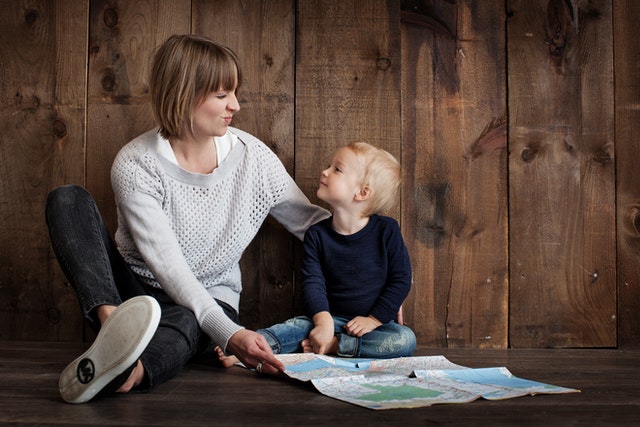
If your child is very young or has a hard time picking out anything to declutter, help them decide by taking two toys and asking them which one they like better. Then, compare the less favored toy against another one from his toy pile, and continue this process. When there are enough one-by-one comparisons, your child can make a confident decision.
4. the container concept
I learned this lesson a hard way when my son was younger: don’t keep buying more storage solutions as the number of toys grows. Just declutter.
When your child’s toy storage is getting full, take a break from buying new toys. Ask them to declutter some toys they no longer play with to free up space.
This way, they learn that space is limited, and to make room for new toys, they need to regularly declutter. It’s a simple and practical way to teach them about being mindful of the things they have and making intentional choices.
5. Donate Together
When it’s time to donate items, involve your kids in the process. Take them with you to the donation center, explaining that their toys or clothes will make someone else happy. It reinforces the value of giving and sharing.
Conclusion
Getting your child involved in decluttering is about teaching valuable life lessons, creating space for joy, and fostering a sense of responsibility and gratitude.
As you’ve discovered, it’s a process that involves communication, organization, and, most importantly, a positive attitude. By involving your child in the decluttering process, you’re not just creating a neater living space; you’re setting them up for a more mindful and fulfilling future.
So, keep celebrating your successes, no matter how small they may seem, and remember that a clutter-free home is a place where memories are made and cherished. Your efforts are worth it, and the benefits will continue to enrich your family’s life in countless ways.

